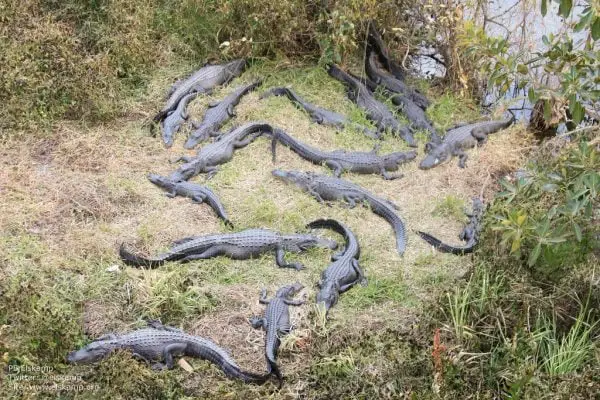Cormorants, with their sleek black plumage and adept swimming abilities, have captivated coastal communities for centuries. These fascinating seabirds, found on almost every continent except Antarctica, exhibit remarkable social behaviors, often gathering in large groups. But beyond their mesmerizing presence lies a layer of linguistic intrigue – the diverse collective nouns used to describe them, offering a glimpse into their social dynamics and the beauty of their natural world.
Collective Nouns for Cormorants
Unlike some animals with singular collective nouns, cormorants boast a diverse vocabulary, each term reflecting the specific context and behavior of the group:
- Gulp: This unique and evocative term signifies a large group of cormorants, often swimming or diving together. It evokes a sense of collective movement, coordinated dives, and the abundance of these remarkable birds.
Example: As the sun dipped below the horizon, casting long shadows across the glistening water, a gulp of cormorants emerged from the depths. Their sleek bodies and synchronized movements as they dove for fish created a mesmerizing spectacle, showcasing the efficiency and coordination of their group hunting strategies.
- Flock: This more general term, applicable to various flying birds, can also be used to describe a group of cormorants in flight. It offers a neutral and flexible option for referring to these soaring birds.
Example: A flock of cormorants gracefully glided across the vast expanse of the sky, their silhouettes appearing like fleeting brushstrokes against the canvas of blue. Their effortless movements and intricate flight patterns showcased their remarkable adaptation to aerial life.
- Raft: This term, often associated with aquatic animals, describes a group of cormorants resting or swimming together on the water’s surface, often close to shore. It evokes a sense of community, shared space, and the social interactions that occur within these gatherings.
Example: Nestled amongst the gentle lapping of waves against the rocky shore, a raft of cormorants basked in the warm sunlight. Their outstretched wings, drying feathers, and occasional calls filled the air, showcasing the importance of social bonds and communication within their groups.
- Squadron: This term, evoking a sense of order and formation, describes a group of cormorants flying together in a tight, coordinated pattern. It often refers to larger groups and can imply a specific purpose, such as migration or foraging for food.
Example: As the first rays of dawn painted the sky with hues of orange and pink, a squadron of cormorants took flight from the cliffs. Their wings beat in unison, propelling them forward in a V-formation, a testament to their remarkable collective organization and navigational skills during migration.
Interesting Facts About Cormorants
Understanding these collective nouns deepens our appreciation for the diverse behaviors and remarkable adaptations of cormorants. But venturing deeper reveals their fascinating ecology, captivating adaptations, and the challenges they face:
Masters of the Deep: Cormorants are exceptional swimmers and divers, equipped with streamlined bodies, webbed feet, and waterproof feathers. They can dive to impressive depths, pursuing fish and other aquatic prey with remarkable agility.
Ecological Guardians: Cormorants play a crucial role in maintaining healthy ecosystems. By preying on fish, they help to control populations and prevent outbreaks that can disrupt the delicate balance of aquatic environments.
Facing Threats: Habitat loss, pollution, and disturbance of nesting colonies pose significant threats to cormorant populations. Protecting their nesting grounds, promoting sustainable fishing practices, and raising awareness about their ecological contributions are crucial for ensuring their continued existence.
Cultural Significance: Cormorants have inspired artists, writers, and cultural traditions for centuries. Their captivating dives, sleek forms, and social behaviors have been depicted in various art forms and folklore, symbolizing perseverance, resourcefulness, and the beauty of the natural world.
Final Thoughts
From the majestic “gulp” diving for fish to the coordinated “squadron” soaring through the skies, the diverse collective nouns for cormorants offer a glimpse into their multifaceted lives and enduring allure. By understanding these terms and appreciating the captivating nature of these birds, we foster a deeper respect for their remarkable adaptations, ecological contributions, and the need to ensure their continued existence as vital members of our oceans and coasts.
Also Read:





